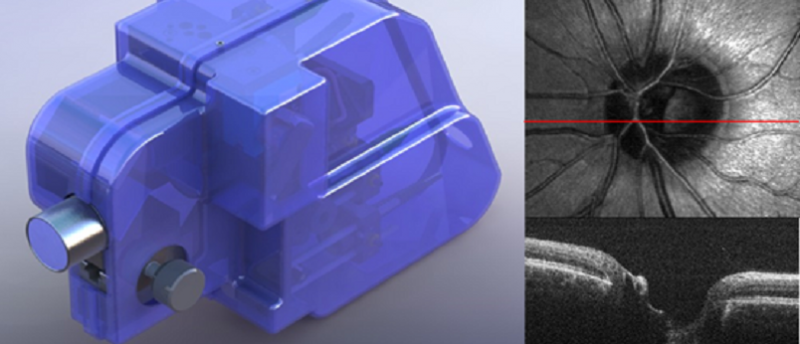Scanning laser ophthalmoscopy (SLO) and optical coherence tomography (OCT) are complementary techniques for imaging the retina. SLO is a confocal imaging technique that produces real-time, high contrast 2D en-face retinal images by using raster scanning illumination and detecting backscattered light through a pinhole. OCT like SLO, utilizes raster scanning and confocal detection but also employs coherence gating in the axial direction, which allows for high resolution depth sectioning. In practice, OCT is often used for depth-priority scanning in order to produce high-resolution 2-D cross-sectional images (B-scans) near video rate. However 3-D volumes comprise of hundreds of B-scans and require several seconds to acquire with current-generation clinical OCT systems. Thus, OCT volumes are typically distorted by patient motion artifacts, particularly in the direction perpendicular to B-scan acquisition. By acquiring SLO en-face images simultaneously with OCT B-scans, retinal motion can be estimated and used to register volumetric OCT B-scans to correct for patient motion within an OCT volume. Portable, handheld SLO-OCT systems would be useful in acquiring motion-corrected OCT volumes in young children, as well as patients that are supine, under anesthesia, or otherwise unable to maintain the required posture and fixation.
